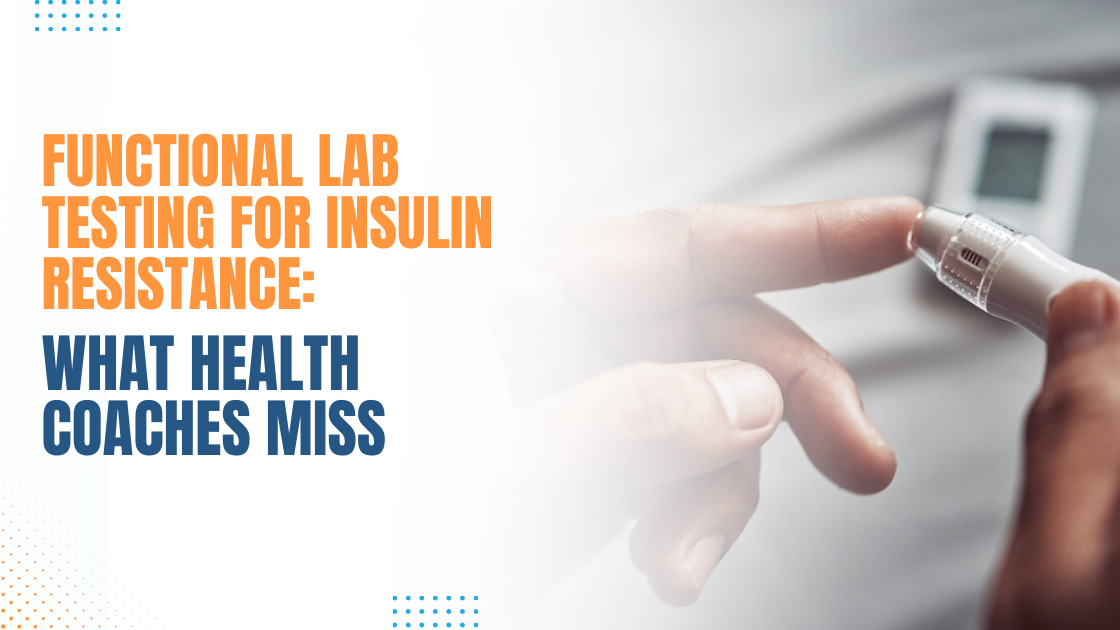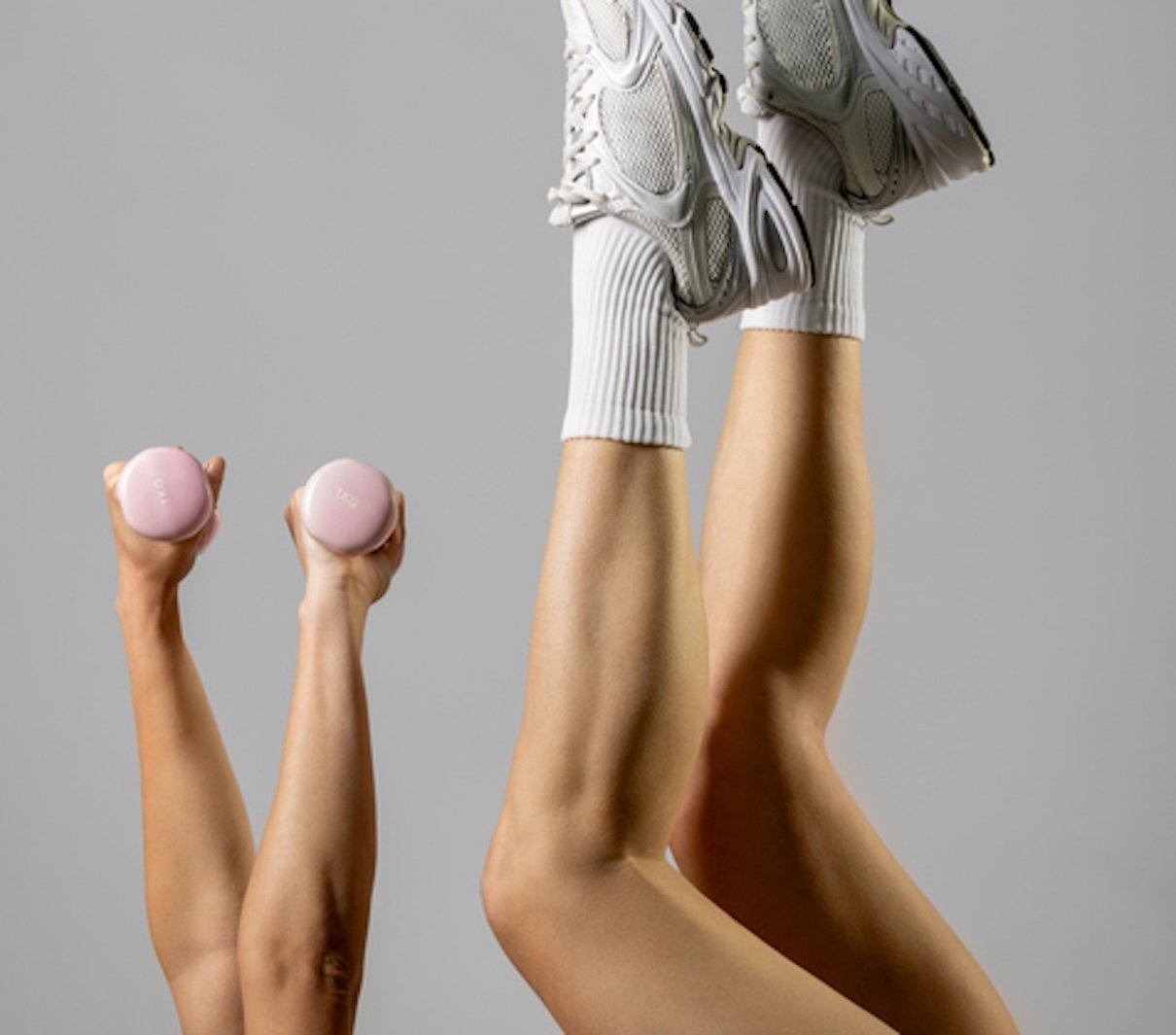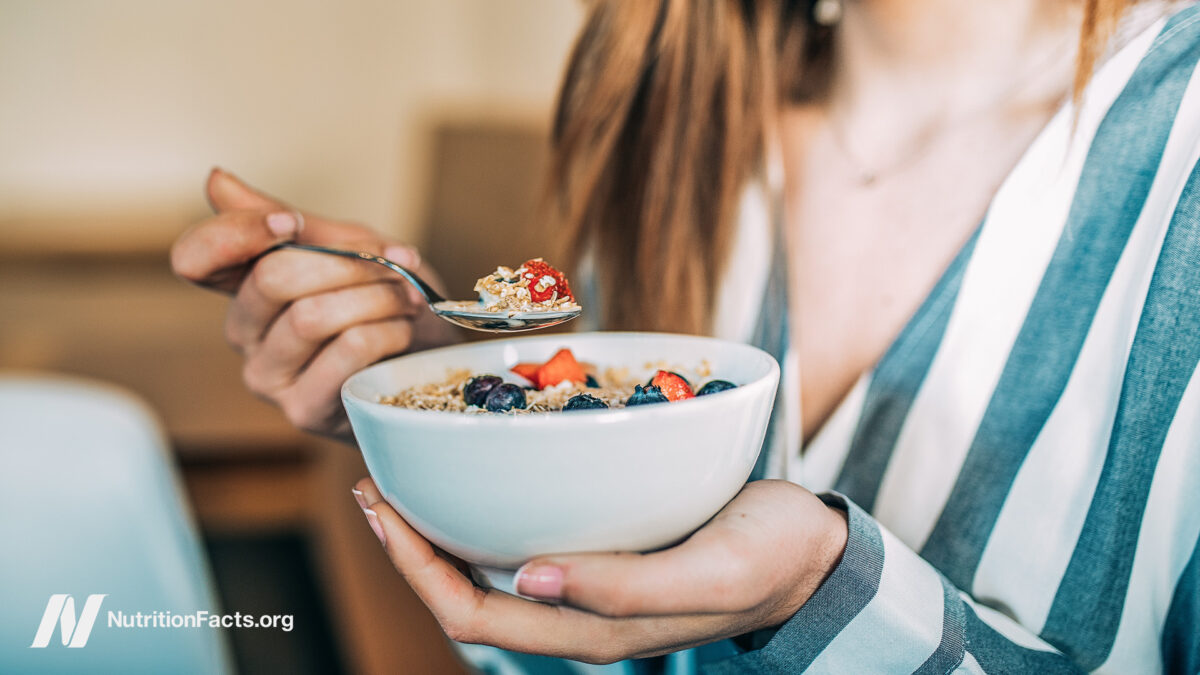Summer is prime time for yeast infections. Wet swimsuits, sweaty workouts, and sugary treats (hi, ice cream season) create the perfect storm for vaginal imbalance. A healthy vagina for summer and beyond makes the days feel just a bit brighter and better.
If you’ve ever had one, you know the drill: itching, burning, weird discharge, and a general sense that something is not right. And while yeast infections are incredibly common (they’re the second most prevalent vaginal infection worldwide), that doesn’t make them any less frustrating—or less confusing.

What Causes Yeast Infections?
Yeast infections happen when there’s an overgrowth of Candida—a type of fungus that naturally lives in the vagina. Normally, your body keeps this fungus in check with the help of good bacteria (mainly Lactobacillus), which maintain an acidic environment that prevents yeast from taking over, explains Lora Shahine, MD, board certified reproductive endocrinologist and OB/GYN practicing at PNWF in Seattle, WA and host of the Brave & Curious weekly podcast. But when that balance gets thrown off, Candida can multiply and trigger symptoms like itching, irritation, and thick, white discharge.
So what throws things off? A lot, actually. Hormonal shifts (like during pregnancy or from birth control), antibiotics, diabetes, a compromised immune system, and even your favorite workout leggings can disrupt the vaginal microbiome, Dr. Shahine adds. And yes, sitting around in a wet swimsuit all afternoon doesn’t help either. Warm, moist, and stagnant environments are basically an open invitation for yeast to flourish.
Healthy Vagina 101: Can Probiotics Help?
Yes—especially the right ones, according to Dr. Shahine. Research shows that specific strains like Lactobacillus rhamnosus and Lactobacillus reuteri can help maintain a healthy balance of vaginal flora by promoting the growth of good bacteria and crowding out potential pathogens like Candida, the fungus behind most yeast infections.
“These beneficial bacteria work by producing lactic acid and hydrogen peroxide—natural byproducts that help keep the vaginal pH in its ideal acidic range (around 3.8 to 4.2),” says Risa Klein, CNM, certified nurse-midwife OB/GYN. This acidic environment makes it harder for yeast and bad bacteria to take hold, especially during summer, when heat and moisture can throw things off balance, she explains.
If you’re looking for the best probiotics for vaginal health, HUM’s Private Party is a solid place to start. It contains clinically studied strains of L. rhamnosus and L. reuteri specifically chosen for their ability to colonize the vaginal tract and support microbiome balance. Bonus: it also includes cranberry extract, which has been studied for its potential to support urinary tract health—another summertime concern for many.
Everyday Habits for a Healthy Vaginal Microbiome
Your daily habits—from what you eat to what you wear—play a major role in keeping your vaginal microbiome balanced, especially during the summer months. Here’s what matters most:
Cut back on sugar, refined carbs, and booze
High-sugar diets can feed Candida, the yeast behind most infections. That includes not just desserts, but processed carbs and even frequent alcohol. Cutting back helps reduce the risk of overgrowth and supports a more stable vaginal environment.
Focus on gut-friendly foods
Fermented foods, fiber, and prebiotics like garlic and onions help good bacteria thrive. “A balanced gut supports immunity and maintains vaginal pH,” says Klein. Translation? Gut health = vaginal health.
Wear breathable fabrics, and change quickly
Heat, moisture, and tight fabrics are a recipe for yeast overgrowth. To lower your risk, Dr. Shahine recommends wearing breathable, natural fabrics like cotton underwear and loose-fitting clothes that allow for airflow and help keep the area dry. Also, change out of damp swimsuits or sweaty workout gear ASAP. Damp clothes? Yeast heaven.
Skip the scented stuff
Your vagina is self-cleaning. Douching or using fragranced washes can throw off your pH and disrupt your microbiome, according to Dr. Shahine. Instead, she recommends opting for gentle, unscented cleansers for the outer vulva only—and leaving the rest to your body’s natural balance.
Stay hydrated (but don’t rely on it to “flush” infections)
“While water is essential for general health, it won’t cure or prevent yeast overgrowth,” says Klein. But hydration does support mucosal health and overall function.
FAQs: Yeast Infections + Vaginal Health for a Healthy Vagina
What’s the difference between a yeast infection and BV?
Yeast infections and BV are both common, but not the same. Yeast is a fungal overgrowth (think: itching, irritation, thick white discharge), while BV is a bacterial imbalance with thin, grayish discharge and a fishy smell, especially after sex or during your period. A quick pH test or pelvic exam can help confirm what’s going on (and yes, you can have both).
Can probiotics actually prevent yeast infections?
Yep, the right probiotics can totally help. Strains like Lactobacillus rhamnosus and Lactobacillus reuteri are MVPs when it comes to keeping yeast in check and supporting a healthy vaginal pH. A daily, targeted probiotic, like HUM’s Private Party, can help maintain that delicate balance and give your microbiome the backup it needs, especially if you’re prone to irritation or infections.
Is it bad to wear tight leggings all day?
If you’re living in tight, synthetic leggings and breaking a sweat? Your vaginal microbiome might not be thrilled. Heat and moisture get trapped, creating prime conditions for yeast to do its thing. Switch to cotton undies and looser fits when you can—especially after workouts or on steamy summer days. Your body (and bacteria) will thank you.
What foods make yeast infections worse?
Sugar’s a major culprit. Candida thrives on it, so dialing back on sweets, refined carbs, and even excess fruit can make a big difference. Other usual suspects? Alcohol, processed foods, and anything that throws your gut out of whack—since your gut and vaginal microbiomes are more connected than you think.
Do partners need to be treated too?
Usually, nope. Treating your partner doesn’t seem to lower your risk of getting another yeast infection. But if symptoms keep coming back or you’re not sure what’s going on, check in with your healthcare provider. A quick swab can help ID the issue—and get you the right fix.







